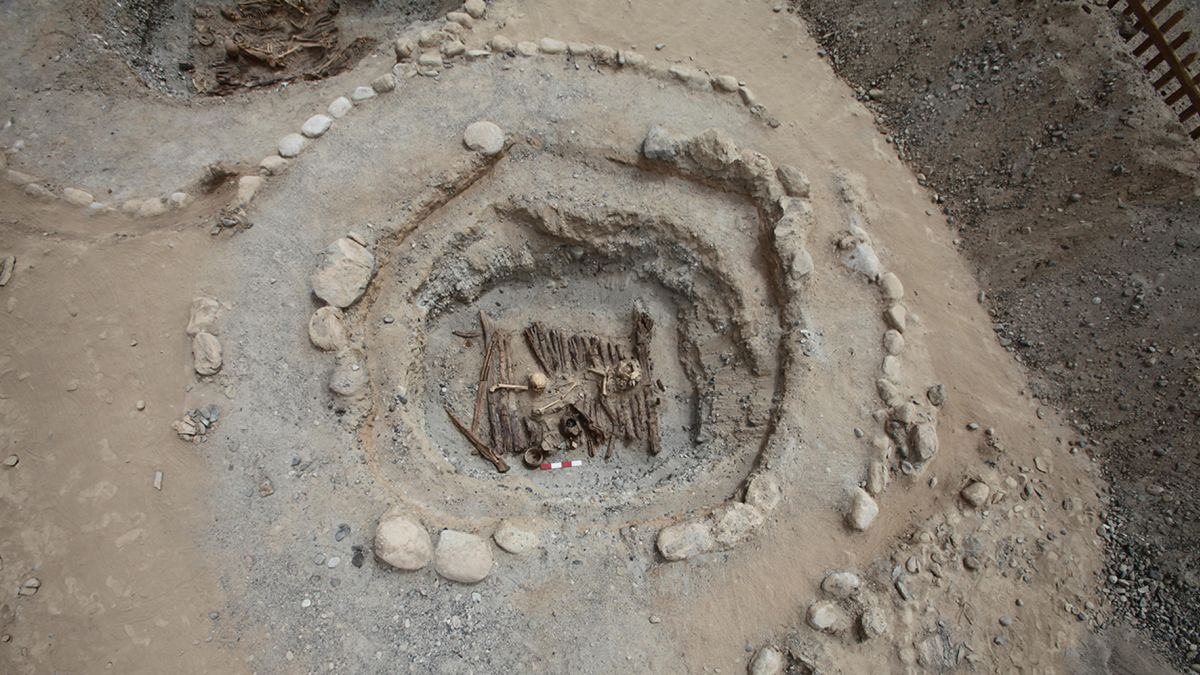Ancient Tomb found with Cannabis

Scientists have recently discovered a 2500-year-old tomb buried in western China deep in the Himalayas. However, unlike other such ancient tombs, this discovery does not have much architectural significance. But it exposed a strange and unhealthy truth- humans were using drugs long ago than ever thought! Deep in the Himalayan mountain ranges, in a 2500-year-old tomb buried in western China, scientists have made the discovery that proves humans have been getting high for far longer than first thought.
Cannabis, also known as hemp or marijuana, evolved about 28 million years ago on the eastern Tibetan Plateau. More than 4000 years ago, Chinese and South Asian farmers began to grow it for oil and for fiber to make rope, clothing, and paper. At times it was used for making some traditional medicines too. But pinpointing when people began to take advantage of hemp’s psychoactive properties has proved tricky.
Scientists from China and Germany who discovered this tomb say some of the contents found within its wooden bowels contained small stones that had been exposed to high heat. The archaeologists said the braziers were used to burn incense and other plant matter.
The researchers said in a paper, published in the journal Science Advances, that the hidden site on the Pamir Plateau had a high amount of tetrahydrocannabinol (THC), the most potent psychoactive agent in the cannabis plant. Cannabis was probably used during burial ceremonies, perhaps as a way to communicate with the divine or the dead but may not be smoked in the same way it is today. Nicole Boivin, an author on the paper, said the cannabis would’ve been burnt like incense in a small room “This study provides the earliest unambiguous evidence for both elevated chemical production in the plant and also for the burning of the plant as a drug,” Robert Spengler, another author of the study said.
The authors of the study say the discovery is rare and casts new light on our longstanding relationship with cannabis throughout history. Finding evidence for ancient drug use is a bit like finding a needle in a haystack because this kind of evidence is rare. Furthermore, due to issues of preservation, finding such a nice, clear signal is pretty unusual.

Today, more than 150 million people regularly smoke cannabis, making it one of the world’s most popular recreational drugs. But when and where humans began to appreciate the psychoactive properties of weed has been more a matter of speculation than science. A team led by archaeologists Yang Yimin and Ren Meng of the Chinese Academy of Sciences in Beijing reports clear physical evidence that mourners burned cannabis for its intoxicating fumes on a remote mountain plateau in Central Asia some 2500 years ago.
The cannabis burned 2500 years ago at the Jirzankal cemetery, 3000 meters high in the Pamir Mountains in far western China, was different. Excavations there have uncovered skeletons and wooden plates, bowls, and Chinese harps, as well as wooden braziers that held burning material. All are typical of the Sogdians, a people of western China and Tajikistan who generally followed the Persian faith of Zoroastrianism, which later celebrated the mind-expanding properties of cannabis in sacred texts. At Jirzankal, glass beads typical of Western Asia and silk from China confirm the long- distance trade for which the Sogdians became a famous and isotopic analysis of 34 skeletons showed that nearly a third were migrants. Radiocarbon analysis put the burials at about 500 B.C.E.
The wooden braziers were concentrated in the more elite tombs. Yang’s and Ren’s team ground bits of brazier into powder and applied gas chromatography and mass spectrometry to identify chemical compounds left behind. They found unusually high levels of THC compared with typical wild cannabis, although much less than in today’s highly bred plants. The cannabis was burned in an enclosed space, so mourners almost certainly inhaled THC-laced fumes, the authors say, making this the earliest solid evidence of cannabis use for psychoactive purposes.
Going by history, Cannabis, also known as marijuana among other names, is a psychoactive drug from the Cannabis plant. Native to Central and South Asia, the cannabis plant has been used as a drug for both recreational and entheogenic purposes and in various traditional medicines for centuries.
Source: Himalayan News Chronicle














टिप्पणीहरू